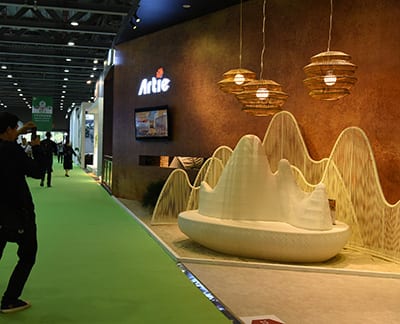****
Dining is not merely the act of eating; it is an experience that encompasses a myriad of emotions, cultures, and traditions. Over the centuries, the concept of dining has transformed significantly, reflecting societal changes, technological advancements, and cultural exchanges. From the extravagant banquets of ancient Rome to the simplistic yet profound practices of communal meals around the world today, dining has evolved into an intricate art form that embodies far more than sustenance.

Exploring the Art of Dining: A Journey Through Culinary Cultures and the Evolution of Dining Experiences Around the World
At its core, dining is a social activity that fosters relationships, encourages communication, and strengthens bonds among individuals. The shared experience of eating together promotes community, whether it’s a family gathering at home, a romantic dinner at a restaurant, or a festive holiday feast. In many cultures, meals are integral to celebrations and rituals, often creating lasting memories tied to specific dishes or traditions. Consider the Thanksgiving dinner in the United States, where families gather to celebrate gratitude over a table laden with turkey, cranberry sauce, and pumpkin pie. This tradition reflects the importance of coming together, sharing stories, and nurturing connections.
The evolution of dining styles has also been influenced by geography, economics, and historical events. For instance, the opulent feasts of the medieval European nobility showcased not only culinary skill but the significance of rank and status. Elaborate dishes, rare ingredients, and artistic presentations were designed to impress guests and demonstrate wealth. Conversely, the rise of the middle class led to a shift towards more casual dining options, with an emphasis on comfort and accessibility. Today, dining options range from fine dining establishments, where haute cuisine is served in meticulously curated environments, to food trucks offering street food that captures the essence of local culture.
Culinary diversity plays a vital role in shaping dining experiences. Each culture boasts unique dishes and cooking methods that reveal its history and values. For instance, the communal dining traditions of Ethiopian cuisine, where diners share injera—a sourdough flatbread—serve as a symbol of unity and togetherness. Alternatively, Japanese kaiseki meals emphasize seasonality and presentation, turning dining into a refined art form that celebrates balance and aesthetics. In contrast, the robust flavors of Moroccan cuisine often reflect the country’s rich history of Spice Trade, showcasing the convergence of various culinary influences.

Exploring the Art of Dining: A Journey Through Culinary Cultures and the Evolution of Dining Experiences Around the World
Furthermore, the rise of technology has drastically changed how we experience dining today. The proliferation of food delivery apps and online reservations has made dining more accessible, allowing people to enjoy their favorite dishes from the comfort of their homes. Social media plays a significant role in shaping contemporary dining culture; platforms like Instagram have turned meals into visual spectacles. Diners are now more inclined to seek out aesthetically pleasing dishes to share on their feeds, leading to an emphasis on presentation and creativity in food preparation.
The concept of dining is also evolving in response to modern concerns such as sustainability and health consciousness. As more individuals become aware of the environmental impact of food production and consumption, there is a growing trend towards farm-to-table dining experiences. Restaurants that prioritize locally sourced ingredients and sustainable practices are gaining popularity among eco-conscious diners. Likewise, dietary restrictions and preferences, such as veganism or gluten-free diets, influence menu designs and dining options, encouraging chefs to innovate and adapt.
In recent years, dining has also taken on new dimensions with the rise of experiential dining. These unique concepts aim to engage all the senses, often incorporating elements like storytelling, artistic performances, or interactive cooking. This trend recognizes that dining is not only about the food but also about the overall experience—creating memorable moments that linger long after the last bite.

Exploring the Art of Dining: A Journey Through Culinary Cultures and the Evolution of Dining Experiences Around the World
As we continue to explore the world of dining, it becomes increasingly clear that it is a reflection of our history, culture, and society. Whether we are dining at a lavish banquet or enjoying a simple meal with friends, each dining experience carries with it the echoes of tradition and innovation. In a world that often feels fragmented, the act of sitting down to share a meal transcends barriers and unites us in our shared humanity. It’s a timeless ritual that, regardless of how it evolves, will always hold a special place in our hearts and cultures. Garden Sectional Sofa Sets
